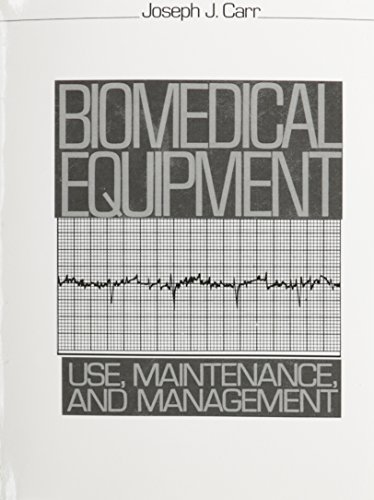Question
Zales Jeweller uses rubies and sapphires to produce two types of rings. A type 1 ring requires two rubies, three sapphires and one hour of
Zales Jeweller uses rubies and sapphires to produce two types of rings. A type 1 ring requires two rubies, three sapphires and one hour of jewellers labour time. A type 2 ring requires three rubies, two sapphires and two hours of jewellers labour time. Each type 1 ring sells for R1 200 and each type 2 ring sells for R1 500. All rings produced by Zales can be sold. At present, Zales has 100 rubies, 120 sapphires and 70 hours of jewellers labour time. Extra rubies can be bought at R300 per ruby. Market demand requires at least 20 type 1 rings and 24 type 2 rings.
The linear programming (LP) model representing this problem is formulated as follows:
Max PROFIT = 1 200 RING1 + 1 500 RING2 300 RUBY
subject to (RUBIES) 2 RING1 + 3 RING2 RUBY <_ 100
(SAPPHIRE) 3 RING1 + 2 RING2 >_ 120
(LABOUR) RING1 + 2 RING2 <_70
(DEM1) RING1 >_20
(DEM2) RING2 >_24
and all variables >_0
where the decision variables used are defined as follows: RING1 = the number of rings of type 1 to make; RING2 = the number of rings of type 2 to make; RUBY = the number of extra rubies to buy
Using analytic solver.
1: Zales discovers another 20 rubies in his safe. How will the availability of these extra rubies change his production plan and profit?
2. The market demand changes and Zales must now produce at least 22 type 1 rings and at least 23 type 2 rings. How will this change his production plan and profit?
Step by Step Solution
There are 3 Steps involved in it
Step: 1

Get Instant Access to Expert-Tailored Solutions
See step-by-step solutions with expert insights and AI powered tools for academic success
Step: 2

Step: 3

Ace Your Homework with AI
Get the answers you need in no time with our AI-driven, step-by-step assistance
Get Started


